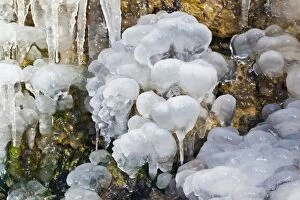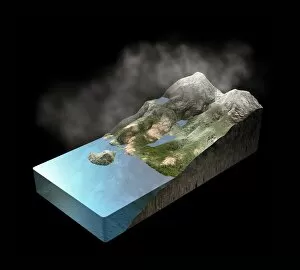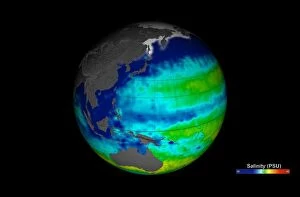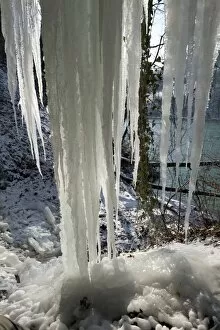Water Cycle Collection
The water cycle is a fascinating natural process that keeps our planet in balance
All Professionally Made to Order for Quick Shipping
The water cycle is a fascinating natural process that keeps our planet in balance. From the icy formations of icicles near a river to the intricate patterns of ice formations, C013 / 6069 and C013 / 6071, it all starts with frozen water. These beautiful illustrations, such as C017 / 7380 and C017 / 7382, depict the various stages of this cycle. As we move forward in understanding this phenomenon, images like Sea surface salinity captured by Aquarius (C017 / 6816 and C017 / 6820) provide valuable insights into how salt content affects this intricate system. The delicate balance between evaporation and precipitation is beautifully portrayed through these visuals. Observing sea surface salinity levels (C017 / 6817 and C017 / 6819) allows us to comprehend how ocean currents play a crucial role in distributing heat around the globe. This knowledge helps scientists predict weather patterns more accurately. The water cycle reminds us of nature's ability to recycle its resources continually. It showcases the interconnectedness between land, sky, and sea. As we marvel at these captivating images, let's appreciate the beauty within this never-ending journey – from frozen droplets forming icicles near a river (C013/6073 and C013/6072) to their eventual transformation back into liquid form. Whether it be through stunning artwork or scientific imagery like those mentioned above; exploring the water cycle offers an opportunity for awe-inspiring discoveries about our planet's incredible mechanisms. Let's continue to study and protect this vital process that sustains life on Earth.

















